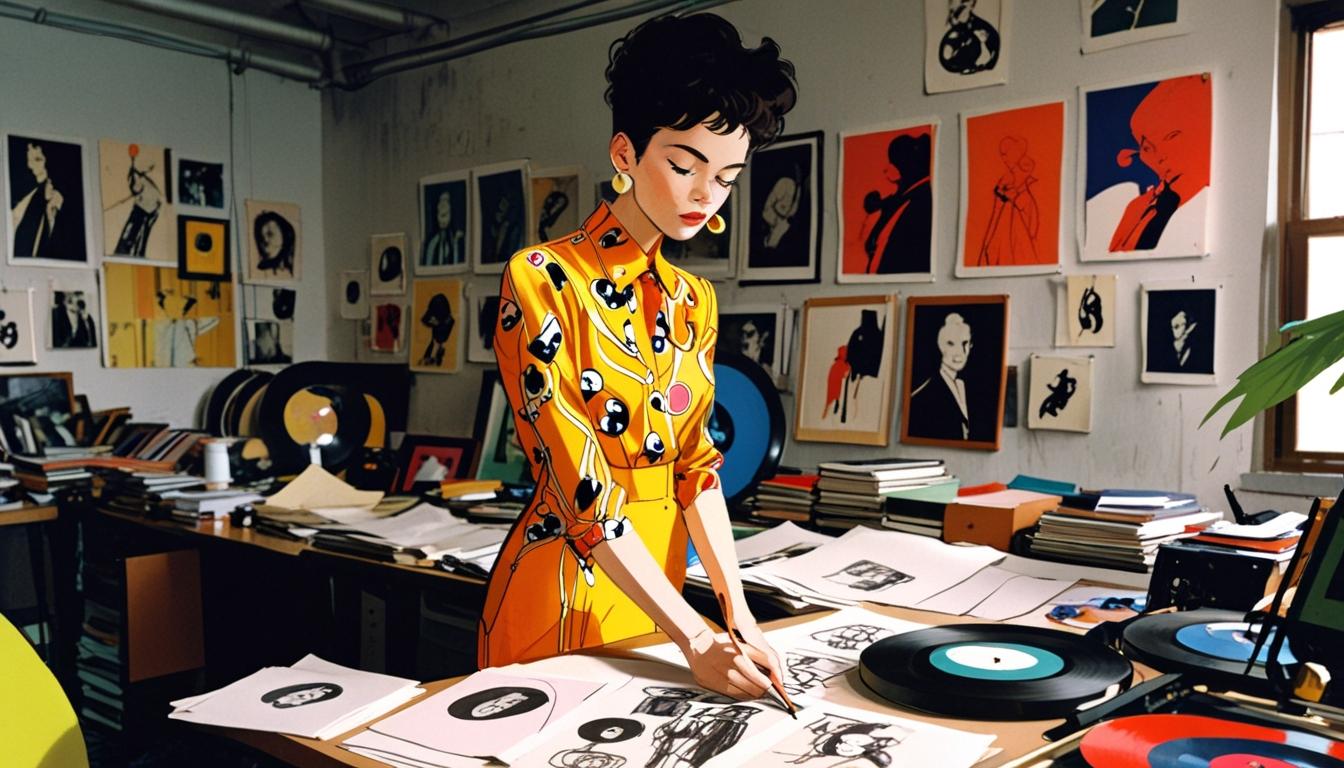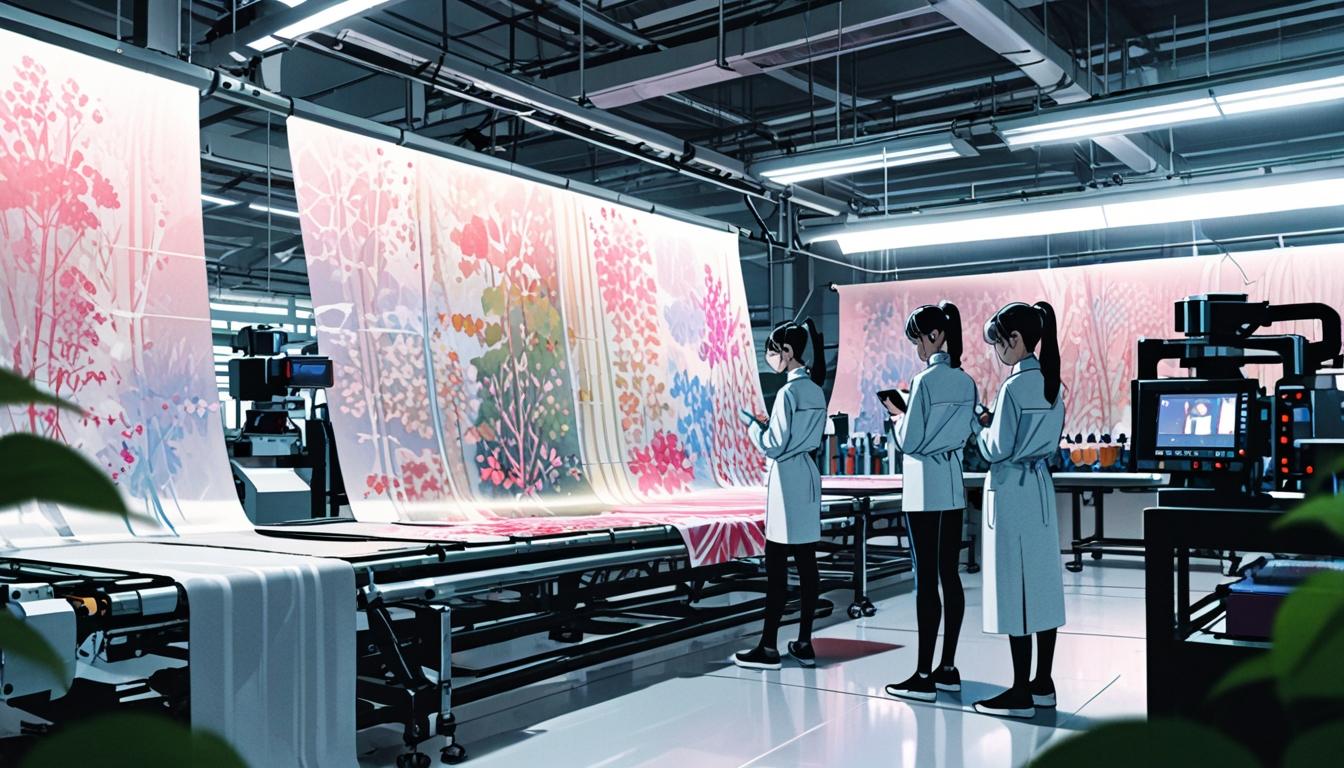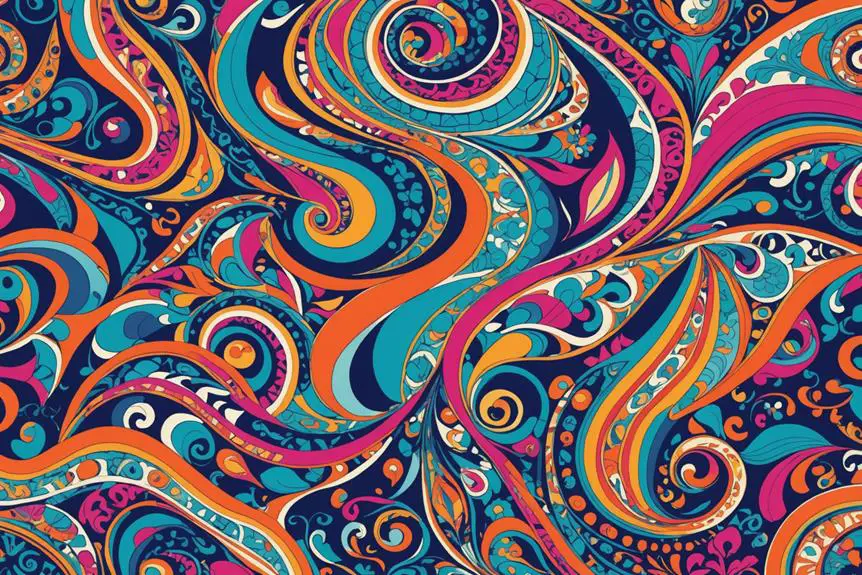In the second installment of ‘Fukubito,’ Takeo Kikuchi shares the challenges and inspirations that shaped his life and career in fashion.
Takeo Kikuchi, a prominent figure in the fashion industry, recently shared insights from his formative years in the second installment of the series “Fukubito,” published by Fashionsnap. Kikuchi’s story reflects a journey marked by personal challenges, artistic discovery, and the evolution of his passion for fashion.
Kikuchi’s early life was shaped by significant upheaval. Following the end of World War II, he battled a severe illness that led to a profound understanding of life’s fragility. His family faced financial difficulties when his father’s stock trading ventures failed, resulting in a loss of wealth. Despite these challenges, the family remained supportive of each other, which laid a foundation for Kikuchi’s resilience.
In middle school, Kikuchi struggled with conventional academics, leading him to explore artistic avenues instead. He was drawn to the Cultural Academy, an institution founded by notable figures such as Isaku Nishimura and Akiko Yosano, which emphasized individuality and freedom in its pedagogical approach. Kikuchi characterized the academy’s atmosphere as free-spirited, resonating with his desire for a non-traditional education focused on personal expression rather than rote learning.
Reflecting on his time at the academy, Kikuchi highlighted the influential presence of Principal Nishimura. Describing him as “a uniquely quirky and charming person,” Kikuchi noted that the principal’s unconventional methods contributed significantly to the school’s inviting atmosphere. He recalled forming lifelong friendships during this period, including a partnership with photographer Kohei Onishi and eventually marrying designer Kae Inaba.
Kikuchi’s entry into the fashion scene was catalyzed by a unique opportunity at a women’s clothing store called “Suzuya.” This store featured a section dedicated to burgeoning designers, and Kikuchi and Onishi received an offer to showcase their designs there. Reflecting on this experience, Kikuchi expressed pride in creating jackets and coats, even without formal training in clothing production, and noted that the garments sold out, marking a pivotal moment in his career.
During his late teens, Kikuchi developed a deep affinity for modern jazz, frequenting jazz cafés where he networked with various creatives. One significant encounter was with photographer Yoshihiro Tateki, who encouraged him to model for a fashion feature in “Heibon Shimbun” magazine, an experience Kikuchi described as exhilarating. Throughout this period, his distinct sense of fashion was heavily influenced by the poise of Black jazz artists, and he began to experiment with his own clothing designs, ultimately patronizing tailors in Ginza to bring his fashion visions to life.
The cultural landscape of the time, characterized by popular fashion magazines such as “Soen” and “Danshi Senka,” did not resonate with Kikuchi’s personal aesthetic. He expressed discomfort with the seriousness of fashion imagery, asserting that his pursuit of genuine self-expression took precedence over following trends.
Kikuchi’s narrative highlights the intersection of art, personal evolution, and the foundations of modern fashion, with anticipation for the next installment of his story, set to be released on February 28.
Source: Noah Wire Services




